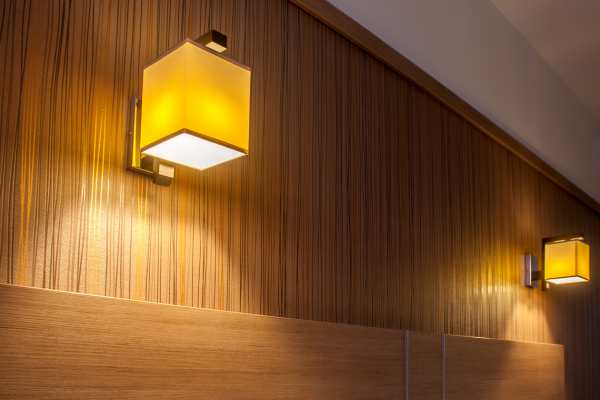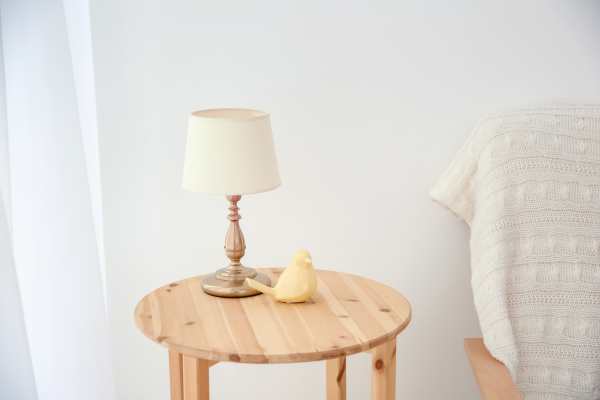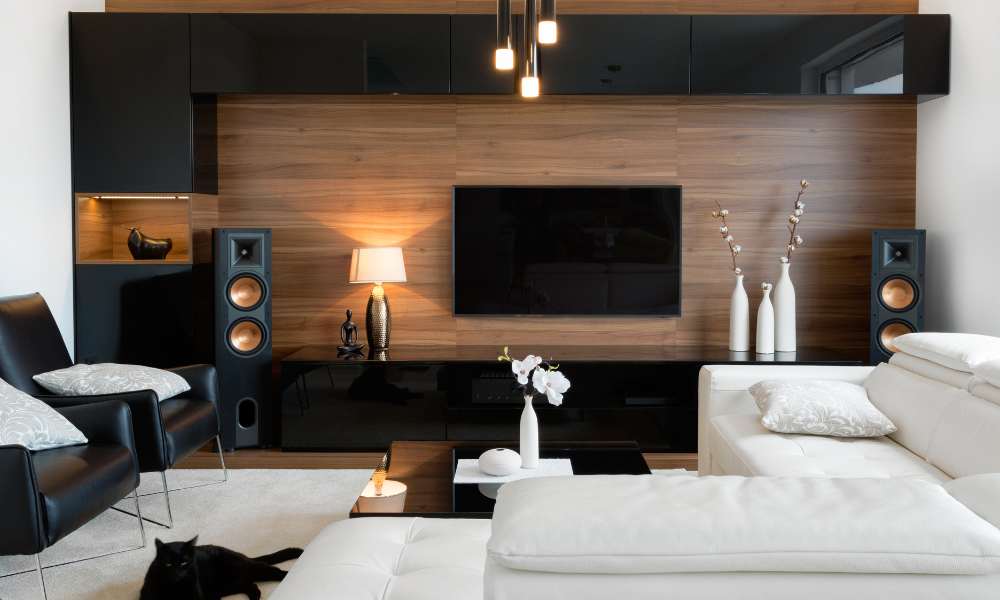Choosing the right lighting for your living room can significantly impact its ambiance And functionality. From creating A cozy and inviting space for relaxation to providing adequate illumination for various activities, finding the perfect balance of watts is crucial. So, if you have ever wondered how many watts are needed to light up your living room effectively, Take no further. In this article, We will explore different factors to consider when determining the ideal wattage for your living room light setup, Helping you transform your space into A well-lit haven that perfectly suits your needs and style.
What Is The Standard Wattage For A Living Room Light?
Finding the right wattage for your light fixtures is essential. The standard wattage for A living room light can vary depending on several factors but typically falls within the range of 60 to 100 watts for incandescent bulbs. However, With the advent of energy-efficient lighting options like LED and CFL bulbs, Wattage recommendations have evolved.
Importance Of Lighting In A Living Room

Lighting plays A pivotal role in setting the ambiance And functionality of your living space. A well-lit living area enhances the aesthetics, Making It more inviting And comfortable. Proper lighting also aids in activities like reading, watching TV, Or simply relaxing. Consider using dimmable LED bulbs to have greater control over the intensity of light, allowing you to create the perfect atmosphere for any occasion. Task lighting, Accent lighting, And ambient lighting can be combined to achieve A harmonious balance, Ensuring your living space is both visually appealing And functional.
Factors Influencing Living Room Lighting
Room Size And Layout
Purpose Of The Lighting
Natural Lighting Conditions
Here are Some Ideas On How Many Watts Are Best For Living Room Lighting
General Ambient Lighting

General Ambient lighting serves as the foundational illumination in your living room. This type of light evenly distributes light throughout the space, Ensuring It’s well-lit And comfortable for everyday activities. The wattage for general ambient light typically ranges from 60 to 100 watts for incandescent bulbs. Energy-efficient LED or CFL bulbs can provide the same brightness with fewer watts, Saving you energy And money.
Task Lighting

Task lighting is designed to provide focused illumination for specific activities like reading, working, Or crafting. For task lamps, Wattage can vary depending on the task. For example, A table lamp for reading might use A 15 to 25-watt bulb, while a desk lamp for work may require 40 to 60 watts. The task light should be adjustable to suit your needs And prevent eye strain.
Accent Lighting

Accent lighting adds drama And style to your living space by highlighting certain features, Such as artwork, architectural elements, Or decorative items. This type of lighting is typically lower in wattage, Ranging from 5 to 20 watts, As it’s meant to draw attention rather than provide overall illumination. LED spotlights or track lighting are popular choices for accent lamps, offering precise control and energy efficiency.
Dimmable Lighting

Dimmable lighting is an excellent choice for your living space as It allows you to adjust the brightness according to different occasions and moods. These fixtures typically use LED or CFL bulbs, And their wattage can vary. For general ambient lighting, consider A dimmable fixture with A wattage range of 60 to 100 watts. Dimmable bulbs offer versatility, Letting you create A cozy atmosphere for movie nights or bright, Welcoming light for gatherings.
Chandeliers

Chandeliers are not only A source of light but also A stunning focal point in many living rooms. Their wattage depends on the number of bulbs And the desired brightness. Large chandeliers may have multiple bulbs with lower wattages (e.g., 15-40 watts each), while smaller ones could use bulbs ranging from 40 to 100 watts. The wattage of chandeliers should complement the room’s overall lamp scheme And décor.
Wall Sconces

Wall sconces are A stylish way to add both ambient And accent lighting to your living space. Their wattage usually ranges from 15 to 60 watts per bulb, Depending on the fixture’s design And intended purpose. Wall sconces can be used to create A warm, Inviting atmosphere And to highlight specific areas or architectural features, Such as A fireplace or artwork.
LED Recessed Lighting

LED recessed lighting is A popular choice for modern living rooms due to its sleek And unobtrusive design. These Bulbs are energy-efficient And long-lasting, making them an environmentally friendly option. The wattage for LED recessed lights can vary depending on the room size and the desired level of illumination. In general, 8 to 15-watt LED bulbs are suitable for ambient light, While higher-wattage options may be needed for task lamps or to create A statement in larger spaces. The ability to customize the number and wattage of LED recessed lights provides flexibility in achieving the desired ambiance.
Floor Lamps

Modern Floor Lamps are versatile Fixtures that can provide both Ambient And task light in your living space. The wattage for floor lamps Typically ranges from 40 to 100 watts, Depending on the lamp’s size And design. They are ideal for adding focused light to Reading nooks or dark Corners. Additionally, Floor lamps come in Various styles, Making them functional And Decorative additions to your living space.
Table Lamps

Table lamps are A staple of living space lighting, Serving as both functional And decorative elements. The wattage for table lamps varies widely, From 15 watts for accent light to 100 watts for ample ambient illumination. They can be placed on end tables, Console tables, or sideboards to provide localized light for activities like reading, Working on puzzles, or simply creating A cozy atmosphere.
Cove Lighting

Cove lamp is an innovative way to add A Touch of Elegance to your living space. Unlike Traditional Fixtures, Cove Light doesn’t rely on high-wattage bulbs. Instead, It uses hidden or semi-concealed light to create A soft, indirect glow along Ceilings or upper walls. LED strips or rope lights are commonly used for cove light, Consuming around 2 to 10 watts per linear foot. Cove light is less about Brightness and more about creating A subtle, Ambient atmosphere that complements the room’s decor.
Tips For Efficient Living Room Lighting
Layering Different Types Of Lighting
Layering different types of lighting is key to creating an inviting And functional space. Start with an ambient lamp, typically around 10-20 watts per square foot, To provide overall illumination. This can be achieved with ceiling fixtures or wall sconces.
Using Dimmers And Timers To Manage Wattage
Dimmers And timers are essential tools for managing wattage in your living space. Dimmer switches allow you to adjust the brightness to suit different activities, Saving energy And extending bulb life. Timers can automatically turn off lights when not in use, Preventing unnecessary energy consumption.
Incorporating Natural Light And Energy-Saving Bulbs
Start by strategically placing furniture to maximize the entry of natural light during the day. Employ light-filtering window treatments to control brightness And reduce the need for artificial illumination. For artificial light, Consider energy-efficient LED or CFL bulbs. These options deliver ample brightness while consuming fewer watts, resulting in cost savings And reduced environmental impact. Task-specific LED lamps are perfect for activities like reading or working, Offering focused light with minimal energy usage.
Regular Maintenance And Bulb Replacement
To ensure your living space lamp remains efficient, Don’t forget about regular maintenance. Clean fixtures and lamps regularly to remove dust And grime, Which can diminish brightness. Additionally, Replace bulbs promptly when they burn out to maintain consistent illumination and energy savings.
The Final Thought
Determining the right wattage for your living space light involves A thoughtful combination of natural light utilization And energy-efficient bulbs. Regular maintenance And timely bulb replacement are also key to maintaining optimal light conditions. By incorporating these strategies, you can create A well-lit, Energy-Conscious living space that meets your needs And reduces your environmental footprint.
